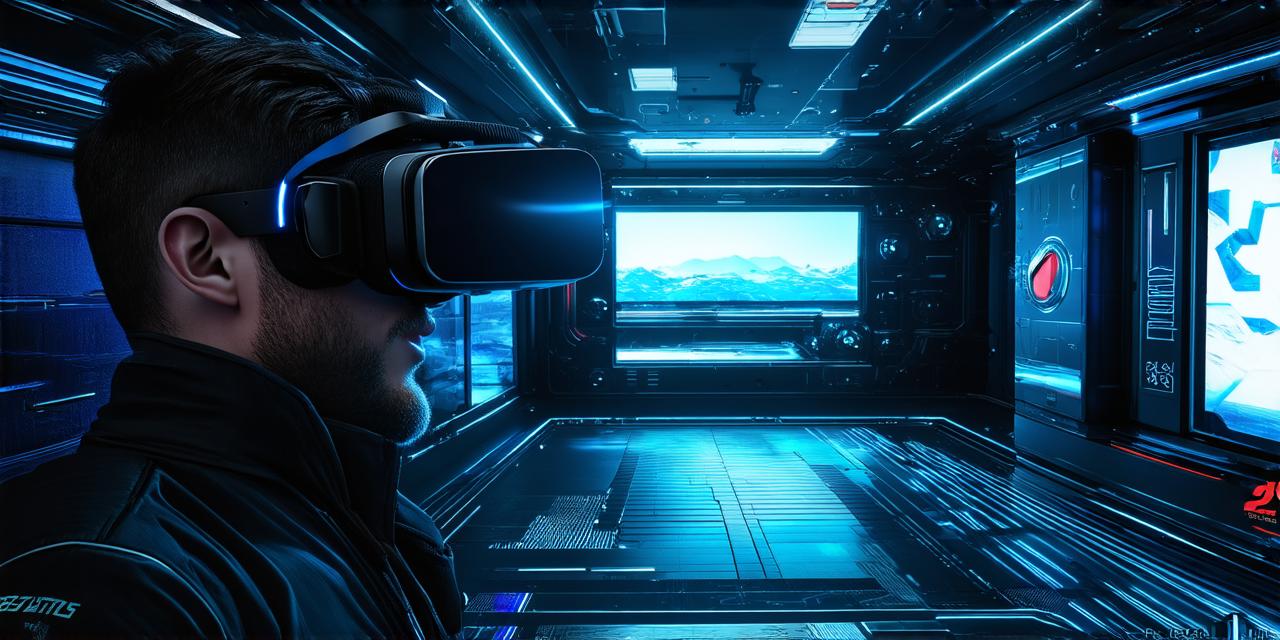Virtual reality technology has been rapidly evolving in recent years, and it is already transforming a wide range of industries. From gaming to education, healthcare, and beyond, virtual reality is proving to be an incredibly versatile tool that can be used to enhance user experiences and streamline processes in a variety of ways.
Virtual Reality Gaming: A New Era for Gamers
One of the most well-known applications of virtual reality is in gaming. With VR headsets, gamers can fully immerse themselves in a game, experiencing it as if they were actually there. This has led to an entirely new era of gaming, where players are no longer limited by the constraints of their physical environment.
In fact, virtual reality games have become so realistic that many players are becoming addicted to them. One example is “Beat Saber,” a virtual reality game that uses hand-held controllers as light sabers to slice through blocks on screen. The game is incredibly engaging and has been described as “addictive” by many players.
Virtual Reality Education: A New Way to Learn
Another exciting application of virtual reality technology is in education. Virtual reality allows students to experience and interact with educational content in a way that was never possible before. For example, students can take virtual field trips to different parts of the world or even explore the human body without actually having to cut it open.
Virtual reality technology can also be used to simulate real-world scenarios for training purposes. For example, medical students can use virtual reality to practice surgical procedures in a safe and controlled environment. Similarly, pilots can use virtual reality to train for flight, allowing them to practice flying in different weather conditions and other challenging situations.
Virtual Reality Therapy: A Powerful Tool for Healing
Virtual reality technology is also being used in therapy to treat a variety of conditions. One example is post-traumatic stress disorder (PTSD), where virtual reality can be used to expose patients to triggering situations in a controlled environment. This has been shown to be highly effective in reducing symptoms and improving outcomes for patients.
Virtual reality technology can also be used to treat chronic pain. For example, patients with fibromyalgia have been known to experience significant reductions in pain after using virtual reality therapy. The technology is also being used to treat phobias, anxiety disorders, and even depression.
Virtual Reality for Business: Streamlining Processes and Enhancing Customer Experience
Virtual reality technology is also being used by businesses to streamline processes and enhance the customer experience. For example, virtual reality can be used to create immersive product demonstrations, allowing customers to see products in use before they make a purchase decision. This has been shown to be highly effective in increasing sales and improving customer satisfaction.
Virtual reality technology can also be used to provide remote training for employees. For example, employees in the manufacturing industry can use virtual reality to learn new skills and techniques without having to travel to a physical location. This has been shown to be highly effective in reducing costs and improving productivity.
Case Study: Virtual Reality in Real Estate
One great example of how virtual reality technology is being used in business is in real estate. Virtual reality can be used to create immersive property tours, allowing potential buyers to see properties as if they were actually there. This has been shown to be highly effective in increasing sales and improving customer satisfaction.
In addition, virtual reality can be used by architects and interior designers to create 3D models of their designs, allowing clients to see and interact with their proposed designs before they are built.
